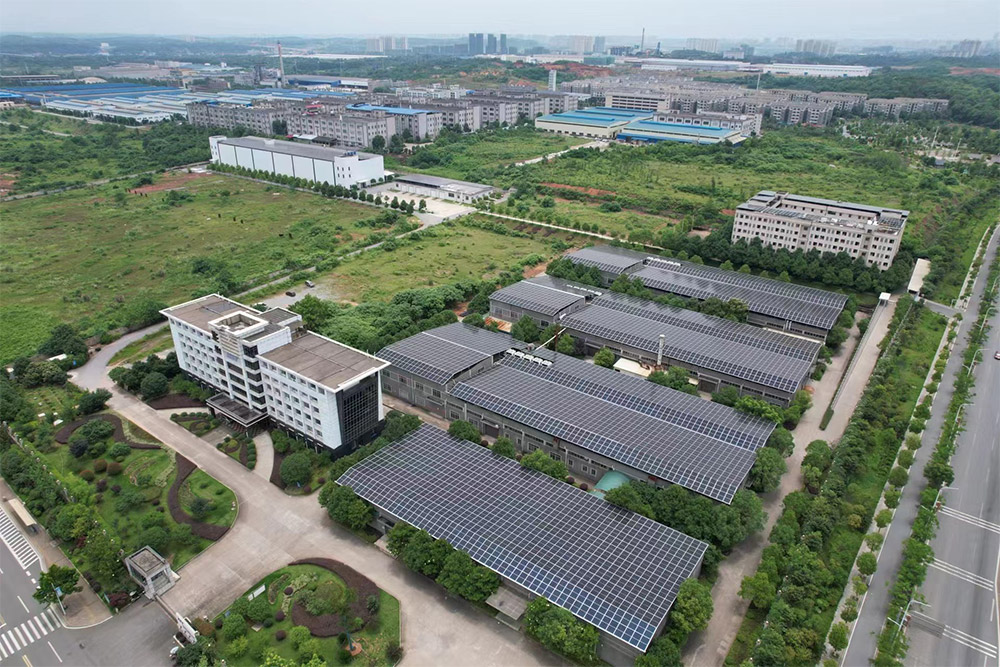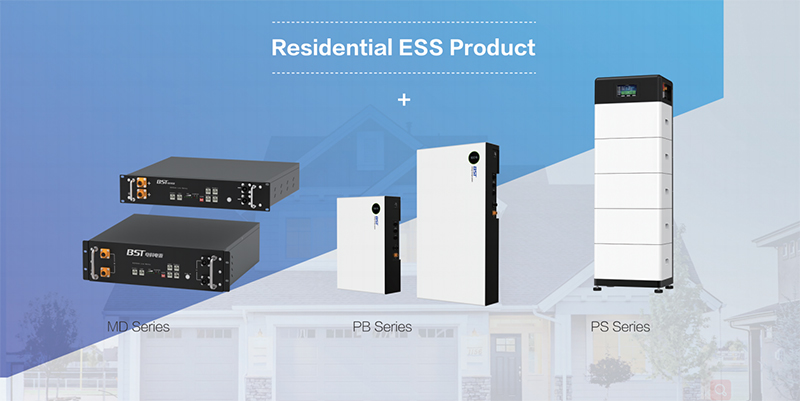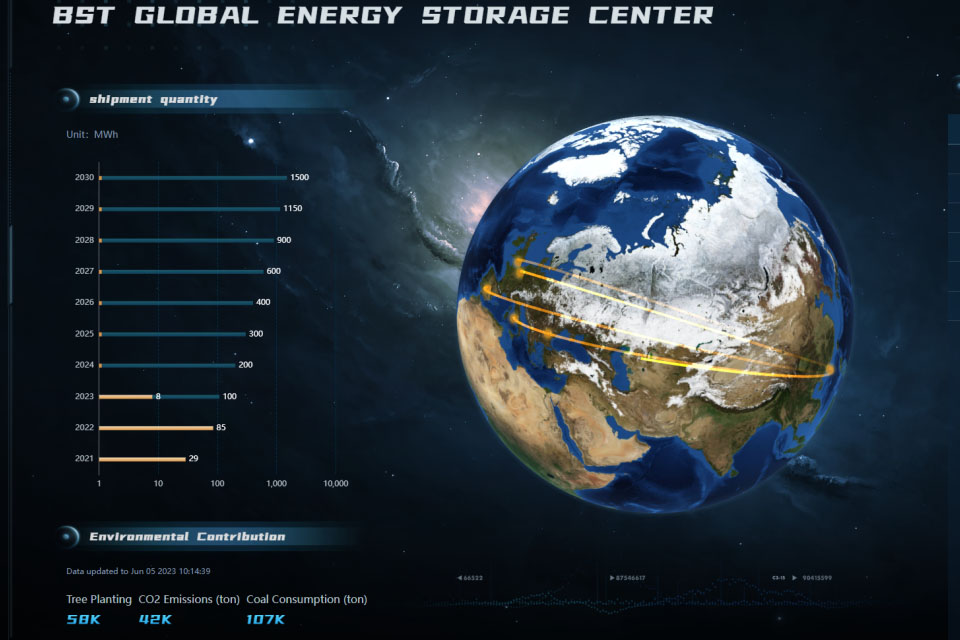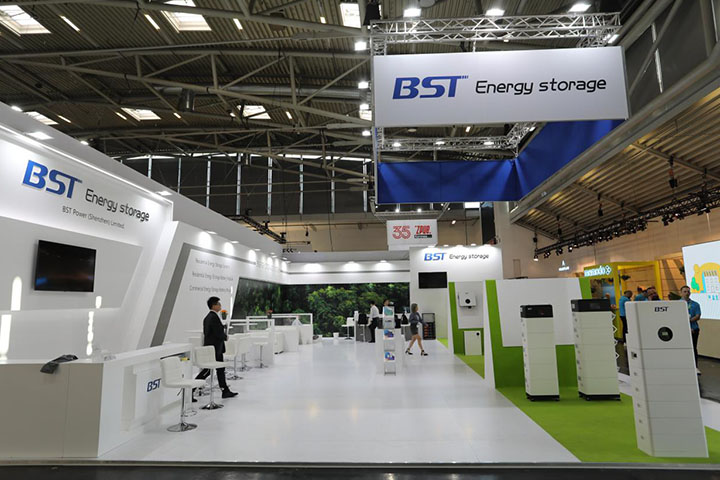Lithium iron phosphate (LFP) batteries, often used in electric vehicles (EVs), solar energy storage systems, and other high-capacity applications, have garnered significant attention due to their safety, durability, and environmentally friendly properties. But when it comes to charging these batteries, one common question arises: Should you charge your LFP battery to 100% every day?

In this article, we will explore the answer from a consumer’s perspective, considering various aspects such as battery lifespan, performance, and practical tips to get the most out of your LFP battery.
What Are LFP Batteries?
Before diving into charging habits, it’s essential to understand what LFP batteries are and how they function. LFP batteries are a type of lithium-ion battery, distinguished by the use of lithium iron phosphate (LiFePO₄) as the cathode material. These batteries are known for their:
- Safety: LFP batteries are less prone to overheating or catching fire compared to other lithium-ion battery chemistries.
- Long lifespan: They can typically endure more charge and discharge cycles than other types of lithium batteries, often exceeding 2,000 cycles.
- Environmental friendliness: LFP batteries are considered more eco-friendly because they do not contain cobalt or nickel, materials that can be harmful to the environment and human health.
LFP batteries are used in a variety of applications, including electric vehicles, energy storage systems for homes and businesses, and portable electronic devices. The widespread adoption of LFP technology is due to its cost-effectiveness and excellent performance in high-demand scenarios.
Charging Habits for LFP Batteries
1. Can You Charge LFP Batteries to 100% Every Day?
Unlike some other lithium-ion batteries, LFP batteries are not particularly sensitive to charging to full capacity. This means that, generally speaking, charging an LFP battery to 100% every day is not as detrimental as it might be with other battery chemistries.
However, there are still considerations to keep in mind when charging LFP batteries. While they are designed to withstand frequent full charges, charging them to 100% every day may slightly reduce their overall lifespan over an extended period. But the impact is typically less significant than with other types of lithium batteries, such as lithium nickel cobalt aluminum (NCA) or lithium nickel manganese cobalt (NMC) batteries, which can degrade more quickly when charged to their maximum capacity regularly.
2. Why Avoid Charging to 100% All the Time?
While it’s true that LFP batteries are more resilient to being charged fully, charging to 100% repeatedly over time may still lead to a gradual decline in performance. Here’s why:
- Heat Generation: Charging a battery to its full capacity generates heat. Though LFP batteries handle heat better than other types, excessive heat over time can cause internal damage.
- Voltage Stress: Higher voltage can put stress on the battery’s internal components, potentially leading to reduced cycle life. Most modern LFP batteries are equipped with built-in protections to prevent overcharging, but consistent full charges may still have a long-term effect.
- Capacity Degradation: While LFP batteries tend to have excellent cycle life, charging them to 100% repeatedly can still lead to gradual degradation in total capacity, causing the battery to hold less charge over time.
3. What’s the Optimal Charging Range for LFP Batteries?
For those who want to maximize the longevity of their LFP batteries, charging them to about 80% to 90% is considered an ideal strategy. This range ensures the battery operates at an optimal voltage level, reducing the risk of unnecessary wear and tear. Modern electric vehicles and energy storage systems often feature software that allows users to set a charge limit, typically capping the charge at around 80% or 90%.
How Charging Habits Affect Battery Life

LFP batteries, like all rechargeable batteries, degrade over time. However, the rate of degradation can be influenced by several factors, including how you charge and discharge the battery. The following factors will help you understand how to extend the lifespan of your LFP battery.
1. Frequency of Full Charges
Charging your LFP battery to 100% occasionally is fine, but doing so regularly can result in a higher rate of degradation. By limiting full charges to only when necessary (e.g., for long trips in an EV), you can slow down this process. In general, the fewer times you charge a battery to 100%, the better for its long-term health.
2. Avoid Deep Discharges
While it may seem intuitive to let your battery drain to 0% to “get more use out of it,” deep discharges can also harm the battery. For optimal lifespan, try to keep the charge level above 20%. Charging between 20% and 80% (or 90%) is often considered the sweet spot for most battery chemistries, including LFP.
3. Temperature Control
Heat is one of the biggest enemies of battery health. Always ensure that your LFP battery is charged in a cool, dry environment. Avoid charging in direct sunlight or in extremely hot conditions, as this can accelerate degradation. If you are charging an electric vehicle or a home energy storage system, ensure that the battery has adequate cooling systems in place.
Charging Your LFP Battery in Daily Use
For everyday use, it’s not always necessary to charge your LFP battery to 100%. Here’s a simple guide for consumers to follow for daily charging:
- Monitor Usage Patterns: If you use an LFP-powered device (like an EV or solar storage system), try to monitor how much charge you typically need daily. If you rarely use the full capacity, charging to 80% or 90% will likely be sufficient.
- Take Advantage of Smart Charging Features: Many modern devices with LFP batteries, such as electric vehicles, include smart charging capabilities. These systems can automatically limit the charge to 80% or 90%, which can help preserve battery life without requiring manual intervention.
- Avoid Charging to 100% Every Day: If you don’t need to charge to full capacity every day, resist the temptation to do so. For electric vehicles, this is especially important if you don’t drive long distances daily. Most drivers will find that charging their EV to 80% daily is plenty, and this also helps the battery last longer.
- Use a Charging Schedule: Some people prefer charging their devices overnight, but it’s important to avoid leaving the device plugged in for extended periods once it reaches full charge. Many EVs or home energy storage systems now allow users to set charging schedules that limit how long the battery stays at 100%.
Practical Tips for LFP Battery Maintenance
To extend the life of your LFP battery, consider implementing the following tips:
- Avoid Extreme Temperatures: LFP batteries perform best in moderate temperatures (usually between 20°C to 25°C). Avoid charging in excessively hot or cold environments.
- Use a Quality Charger: Ensure that you are using the correct charger recommended by the manufacturer. Using subpar chargers can result in inefficient charging and can damage the battery over time.
- Regular Maintenance: If you use an LFP battery in a device like an electric vehicle or home energy storage system, perform regular maintenance as the manufacturer recommends. This may include checking for signs of wear, updating software, or ensuring the cooling system is functioning properly.
Conclusion

In summary, while it is safe to charge LFP batteries to 100% on occasion, it is generally best to avoid doing so every day if you want to maximize the lifespan of your battery. Charging to 80% to 90% is often the optimal range for daily use, and limiting deep discharges can also help preserve the battery’s performance over time.
With proper care, LFP batteries can provide years of reliable service, whether in electric vehicles, energy storage systems, or other high-demand applications. By adopting thoughtful charging habits and maintaining a balance between convenience and battery health, consumers can get the most out of their LFP batteries.
Remember, when in doubt, always refer to the manufacturer’s recommendations and take advantage of any smart charging features your device offers. By doing so, you can enjoy the benefits of LFP technology while ensuring your battery remains efficient and durable for years to come.



